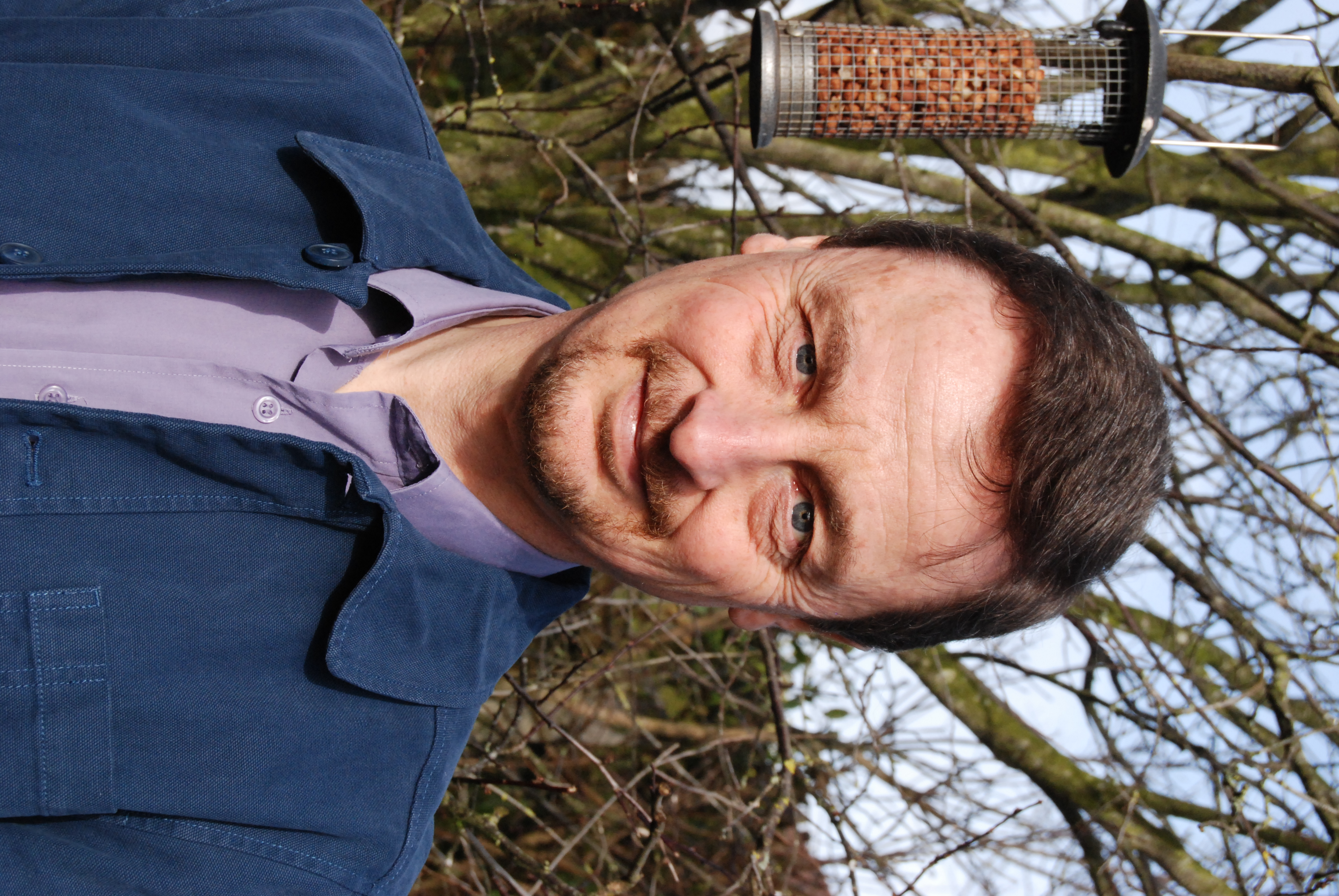May 2022
Today’s Queen Speech confirmed the long-expected arrival of the Levelling Up and Regeneration Bill, and new opportunities to aid nature’s recovery.
The Bill has had an extended gestation, starting in two White Papers promised in the December 2019 Queen’s Speech. The Government, fresh from its General Election victory, pledged a White Paper to ‘make the planning process clearer, more accessible and more certain for all users’ and a second White Paper to confirm the ‘commitment to levelling up opportunities and investment in the regions across England’.
The two White Papers have since followed very different trajectories. The Planning White Paper was published in August 2020 and was roundly criticised for seeking to reduce democratic engagement in the planning system, in order to enable private sector housebuilding. It has been barely heard of since. The Levelling Up White Paper was published in February 2022, by a Department with Levelling Up newly added to its title, and now forms the foundation of that Department’s legislative intentions for the 2022-23 session of Parliament.
Levelling Up has eclipsed planning reform, with (we understand) remaining planning reform proposals being incorporated into the Levelling Up and Regeneration Bill. This has the potential to be good news for nature. The scaling back of environmental assessments and removal of community objection rights, amongst other proposed measures, in the Planning White Paper made it a blueprint for widespread environmental damage. Its apparent abandonment is to be welcomed, although it remains to be seen how much its legacy will leak into the planning elements of the Levelling Up and Regeneration Bill. The new Bill should present an opportunity to take a very different approach to planning reform – one that delivers for example the right homes in the right places, whilst contributing to nature’s recovery and creating thriving green and blue spaces to make communities better to live in.
This is why Link’s Planning for Nature Advocacy Group is proposing a nature recovery clause within the Levelling Up and Regeneration Bill to provide a legal underpinning for protecting at least 30% of land in England for nature by 2030, as well as driving nature’s recovery elsewhere.
To do this it must ensure the planning system enables a strengthened and expanded network of sites protected for wild species, benefiting both nature and people. That network exists only in a very patchy form at present – with the most common form of protective designation, the Sites of Special Scientific Interest (SSSI) network, in a large part being a representative network only, protecting examples of the most important sites for nature rather than all of them. The protections offered by SSSI notifications are also weaker than they should be, failing to prevent development damage in many cases. Currently fewer than 40% of SSSIs are in favourable condition, often as a result of damaging planning decisions in or in the vicinity of the SSSI, this must change.
Link’s clause would require the Secretary of State to level up those protections, to preclude all damaging development on and adjacent to SSSIs. More robustly protected sites would be joined by new sites, as Natural England would be empowered to make the SSSI network comprehensive, rather than representative, allowing new SSSIs to be notified to protect the remaining fragments of priority habitats and species as important places for wildlife around the country.
The clause also proposes a new designation for nature’s recovery, covering sites that do not currently have a high value for nature but have the potential to do so if managed correctly and protected. The new planning designation would see Local Nature Recovery Strategies identify and protect sites through this new designation, enabling them to be managed to significantly increase their biodiversity value to support nature’s recovery and to connect together other sites of importance for nature.
This strengthened and expanded network of sites for wild species to recover in is essential if the Government is to meet its Environment Act target of halting the decline in species abundance by 2030.
It would also help people. More thriving nature-rich habitats means more of the green and blue spaces that boost health and wellbeing. People with access to these spaces live healthier and happier lives than those without. Polling commissioned by the Mental Health Foundation has found that 70% of UK adults report that being close to nature improves their mood, findings that are reflected in the latest scientific research. A recent review of scientific papers on access to nature found that people ‘‘who are more connected to nature tended to experience more positive affect, vitality, and life satisfaction compared to those less connected to nature’’. A planning system that delivers the right homes in the right places, and increases the amount of nature-rich spaces for people to enjoy, would be one that truly levels up access to the conditions needed to live a healthy and more enriched life.
Over the months ahead the RSPB and Link will be working to include the nature recovery clause in the Levelling Up and Regeneration Bill, working within the Better Planning Coalition, a group of organisations seeking to ensure that any planning reforms change things for the better. The Levelling Up and Regeneration Bill can and must deliver for people and nature alike.
Carl Bunnage is Senior Policy Officer (Planning) at the RSPB and the Chair of Link's Planning for Nature Advocacy Group.
Follow @RSPBNews and @RSPBEngland
The opinions expressed in this blog are the author's and not necessarily those of the wider Link membership.




Latest Blog Posts